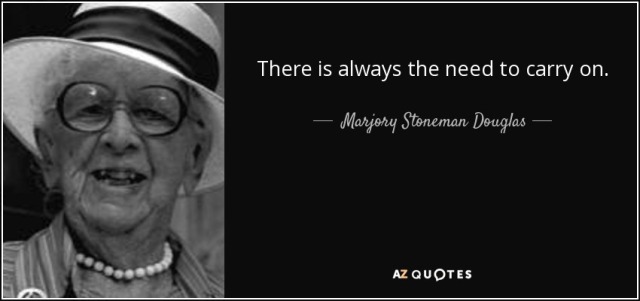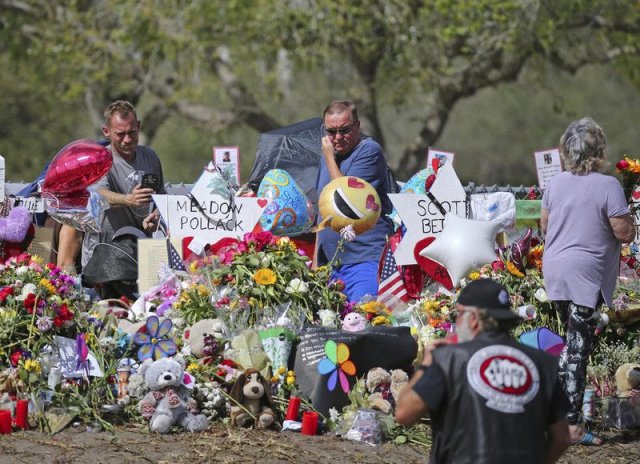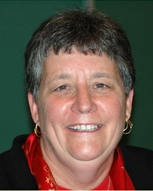https://wetalkwelisten.wordpress.com/2018/03/26/beyond-thoughts-and-prayers-dr-mary-e-hunt/ON IN UNCATEGORIZED
 The #MarchForOurLives made serious waves all over the planet this last week. With full possession of their power and drive, including authoritative voices like the 11-year old Naomi Wadler, young people from all over the country cried out with a unified voice to end gun violence in the United States, while also raising brutal scrutiny of one of the great bug-a-boos of this country’s politics: the National Rifle Association. Reflecting on this, Co-Founder and Co-Director of the Women’s Alliance for Theology, Ethics and Ritual (WATER), Dr. Mary E. Hunt shares her thoughts on what it means for religious professionals to respond to such mass movements, not only for the sake of helping to lead them, but also to learn from them. Read, comment, and share!
The #MarchForOurLives made serious waves all over the planet this last week. With full possession of their power and drive, including authoritative voices like the 11-year old Naomi Wadler, young people from all over the country cried out with a unified voice to end gun violence in the United States, while also raising brutal scrutiny of one of the great bug-a-boos of this country’s politics: the National Rifle Association. Reflecting on this, Co-Founder and Co-Director of the Women’s Alliance for Theology, Ethics and Ritual (WATER), Dr. Mary E. Hunt shares her thoughts on what it means for religious professionals to respond to such mass movements, not only for the sake of helping to lead them, but also to learn from them. Read, comment, and share!
Rev. Dr. Linda E. Thomas – Professor of Theology and Anthropology, Chair of LSTC’s Diversity Committee, Editor – “We Talk. We Listen.”

The shootings at a school named for an Everglades environmentalist, Marjory Stoneman Douglas High School in Parkland, Florida, are the straw that broke the camel’s back on gun violence. Young people want action, not thoughts and prayers. Their mobilization of millions of people around the globe to March for Our Lives is a visible sign of their strength and commitment. I’m with them. Still, I wonder how spirituality can be useful as we muddle through arguably one of the most dreadful chapters in our nation’s history.
No one could have foreseen after the Charleston church shooting, the Pulse Night Club, Las Vegas, Sandy Hook, and so many other incidents of gun violence known simply by their location that this one would catalyze the hearts and minds of millions of young people. I rejoice, not in the deaths but in the action, not in the violence but in the deep sense of outrage that permeates and percolates in so many corners of this vast and diverse country. It is a sign of hope when such signs are few and far between.
A month after the February 14, 2018 shooting, thousands of high school students left their classrooms to commemorate the lives lost, the families shattered, the communities robbed of their young people by gun violence. Some school officials wisely organized such protests, adding their weight to the students’ good sense. Others foolishly sought to thwart their students’ desires to express their opinions, a counter-educational strategy to be sure. Some religious schools turned the occasion into an opportunity for prayer and contemplation, sagely weaving their own values into the action.
The main point is that students do not want to forget what happened, and they want to prevent it from happening again.

The walkouts reminded me of the old Irish custom, the Month’s Mind, a requiem mass celebrated a month to the day after the death (or burial) of a person to keep their memory alive. A meal usually followed. By that time, the family and neighbors had had gone through initial grieving. As the reality of their loss sank in, their mourning had a different quality. Likewise, our children had a month to absorb what happened in Parkland and conclude that they did not want it repeated. Hence, their cries of “never again,” and their demands for legislation to curb access to guns by young people rang out nationwide. A newly revitalized movement to accomplish common-sense gun laws sooner rather than later was launched after the fashion on an old spiritual practice.
The human spirit once moved is a powerful force. The spiritual roots of civil rights, feminism, anti-war, environmental, and other movements are well documented. Of course everyone is not in agreement. Some National Rifle Association members reject out of hand any changes in gun laws. Massive rallies in Washington, DC, and around the country on March 24, 2018 are the result of a new brand of activism led by students, reminiscent of the Vietnam War protests but with an even younger set in the driver’s seat. Who can forget Emma Gonzalez presiding over the collective, commemorative silence at the D.C. rally? Her powerful presence, tears and all, her embodiment of intersectional justice making, her stalwart being engraved on the national psyche for generations to come, and giving sure proof that spiritual practice is useful, perhaps essential, for social change.

This movement is powered by social media, the third hand of most young people. It is focused on local events, in this case shootings, that are strung together by type and outcome, all pointing to the need for widespread changes in gun ownership criteria, mental health funding and provision. An underlying motivator is the need for sustained conversation about whether we want to live in a country where there are almost as many guns as people. These are hard conversations, but young people are the major stakeholders who, if they are lucky enough to survive, will live with the consequences.
We did not reach this boiling point without a context. The disruptive, disgraceful behavior of the current president and his cohort of morally challenged colleagues has left a leadership vacuum. A dysfunctional Congress is of little help. Sorting out the international corruption and finding a way forward in a nuclear-studded world requires seemingly more wisdom and finesse than anyone in power possesses.
It is no wonder students, most not old enough to vote, have taken matters into their own hands. They will need all the resources they can muster to venture forth in terrifying times.

In my youth, the “duck and cover” drills were held to prepare us for atomic bomb attacks by the Soviet Union. Little did we know what an atomic bomb looked like, much less how to find Russia on a map. Today, teachers are led through “active shooter drills” and students are taught to nip into the closest classroom and bolt the door if there is violence. Now the enemy is not amorphous and far away, but perhaps the kid who sat in the next desk in algebra class last week. It is a terror exponentially more impactful than what preceded it. I fear that without solid grounding in more than our own experiences that fear can turn inward or even outward in dangerous ways.
So my quest is for spiritual resources adequate to the needs of our young people in an increasingly secular society. Many Christian churches, for example, are rapidly losing market share, so any hope that they will fill the bill seems misplaced. Similarly, the many New Age groups and their programs do not appear to be terribly effective. There are some spiritual entrepreneurs—Hot yoga, Pop-Up Shabbat, and the like—that are finding resonance in the culture. But lots of what is available are niche offerings in upscale neighborhoods leaving most people to fend for themselves.
Religious professionals, students of religion, and those whose work it is to care for communities of faith as well as for people who profess no faith whatsoever are in for a challenge. We must find, or failing that, create fonts of meaning and value sufficiently powerful to sustain human community. It must be done in harmony with global needs in the shadow of nuclear weapons that are in the hands of knaves.
Good luck! We need more than thoughts and prayers, but I will take even with those if they will help.

 Mary E. Hunt, Ph.D., is a feminist theologian who is co-founder and co-director of the Women’s Alliance for Theology, Ethics and Ritual (WATER) in Silver Spring, Maryland, USA. A Catholic active in the women-church movement and on LGBTIQ matters, she lectures and writes on theology and ethics with particular attention to liberation issues. She is an editor of A Guide for Women in Religion: Making Your Way from A to Z (Palgrave, 2004, 2014) and co-editor with Diann L. Neu of New Feminist Christianity: Many Voices, Many Views (SkyLight Paths, 2010).
Mary E. Hunt, Ph.D., is a feminist theologian who is co-founder and co-director of the Women’s Alliance for Theology, Ethics and Ritual (WATER) in Silver Spring, Maryland, USA. A Catholic active in the women-church movement and on LGBTIQ matters, she lectures and writes on theology and ethics with particular attention to liberation issues. She is an editor of A Guide for Women in Religion: Making Your Way from A to Z (Palgrave, 2004, 2014) and co-editor with Diann L. Neu of New Feminist Christianity: Many Voices, Many Views (SkyLight Paths, 2010).
No comments:
Post a Comment